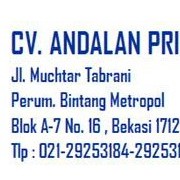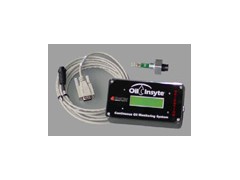| Features and Benefits • Ensure minimum exhaust emission requirements with two systems that measure additive depletion/oxidation and soot contamination. • Real-time measurements. • Optimize resources by directly comparing additive package performance under actual test conditions without operator intervention. • Temperatures up to 150°C. • No more sampling & analysis. • Save time with easy set-up and operation. • Specifically designed to fit test facility engines. • No standards or calibration required. • Compatible with oils of different composition and viscosities. • Assured operation with an innovative technology that utilizes the electrical properties of an insoluble polymeric bead matrix. A measured change in the beads electrical properties result when their interactive behavior adjust to a change in the solvent properties of the oil. |
 Click on the image to view a larger photo of the instrument. |
| The Oil Insyte Oil Monitoring System The Oil Insyte Monitoring System introduces an in-line method for continuous oil condition monitoring with an easy to read LCD display. The methodology measures the leading indicators of oil wear and allow the conventional two-step approach of oil monitoring (sampling and analysis) to be combined into a single more efficient step. A common protocol allows for easy side-by-side comparisons for correlating oil type to driving environments and conditions. The Oxidation System independently measures additive depletion and oxidation, providing the ability to examining the interdependence between the two for ensuring maximum lubrication performance. The Soot System determines soot contamination and provides the ability to measure additive package performance by determining the amount of free soot present in the oil for protecting engines and catalytic converters, ensuring low exhaust emissions compliance, and maximizing fuel economy. The Oil Insyte System provides for directly comparing additive package performance by measuring the leading indicators of oil wear under actual test conditions without operator intervention. Specifically designed to fit test facility engines, each system provides easy set up and operation. The methodology does not require external standards or calibration, is independent of an oil’s viscosity, and is compatible from 70 – 150°C (as measured in the reservoir). The Oil Insyte uses a patented technique that employs a polymeric bead matrix (held between two conducting permeable surfaces) containing charged groups that serve as a conducting medium for measuring the solvent properties of oil. Taking a relative ratio of the conductivity of the beads to the conductivity of the oil (bead chamber to open chamber) determines the oxidation state of the oil. A ratio of the two signals effectively subtracts out additive effects and provides a unique method for measuring oxidation in isolation. The sensor is optimized for oxidized oils measuring between 20 - 26 OD/cm by infrared (IR) spectroscopy, considered the optimum oil change interval for automotive oils given a scale of 1 - 33 OD/cm. Soot measurements are based on a percentage of the saturated relative contamination (SRC), i.e., the amount of freely available soot in the oil. Like water, a percentage of soot is normally contained by an oil's additive package. When that threshold is exceeded, soot is available for coming in contact with the sensor and triggering a response. The free soot (composed of carbon) sticks to the surface of the beads forming a "bridge" across the chamber providing a relative increase in conductivity. Depending on the oil's additive package, the same amount of free soot can be present at 1-2% contamination (for base oil without additives) to > 7% for fully formulated oils. The Oil Insyte system consists of a sensing element, a mechanical interface (that secures to the oil reservoir) and a signal-conditioning unit with an easy to read LCD that displays the condition of the oil. Values for oxidation, additive depletion, and temperature are displayed on the Oxidation System. Soot and temperature are displayed on the Soot System. US Patent Numbers – 5,435,170; 5,777,210; and 5,789,665 Industry applications for the Oil Insyte System. Lubes N' Greases Article on the Oil Insyte System. |
| Ordering Information | ||||||||||
|


